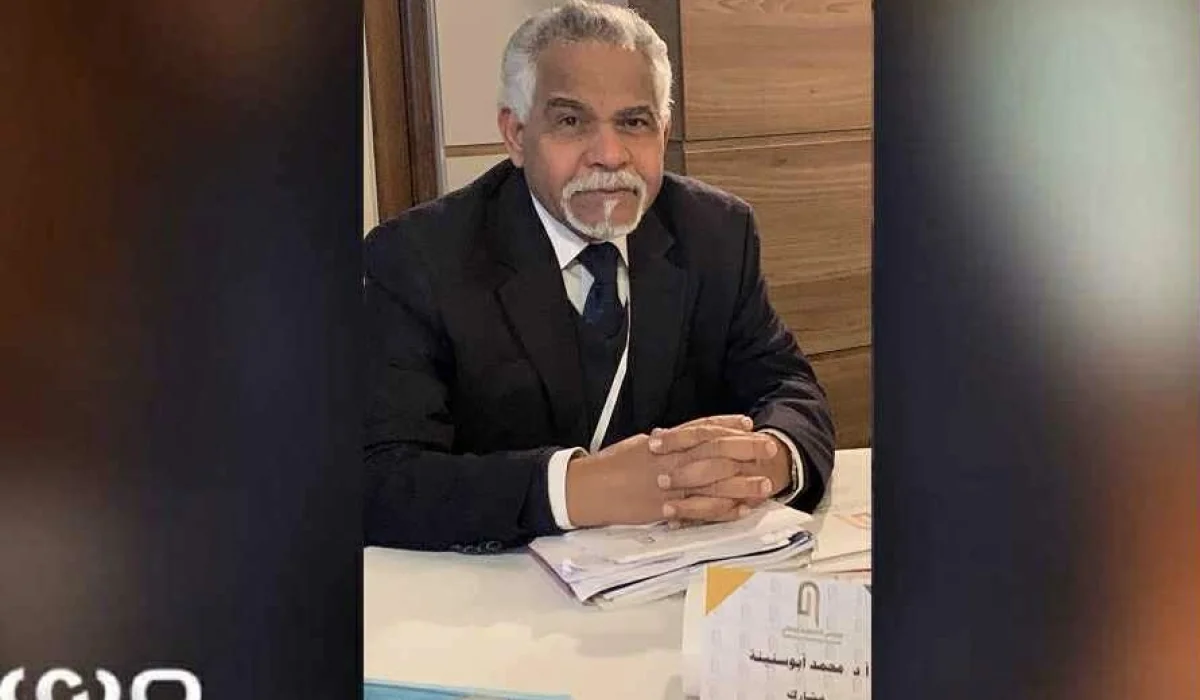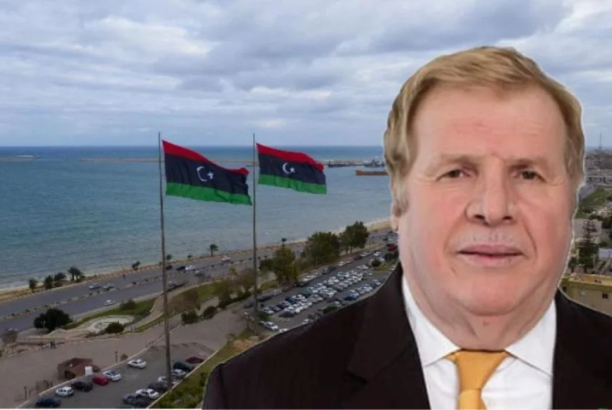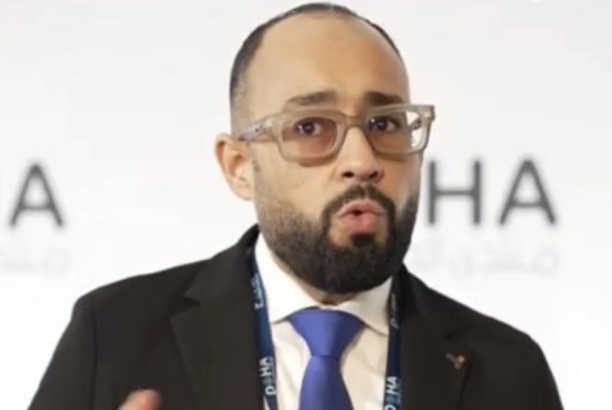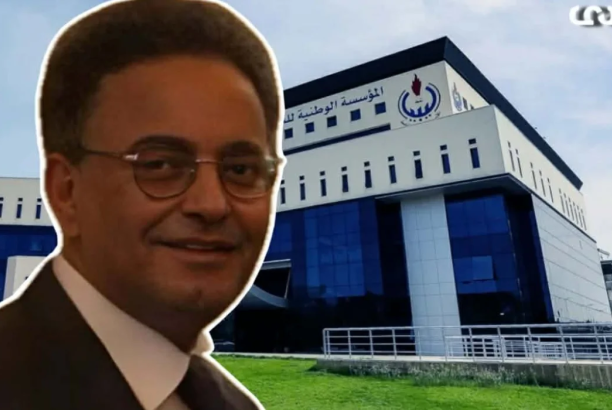
| Economic articles
Abu Snina Writes: “A Call for Economic Evaluation of the Announced Revenue and Public Expenditure Figures and for a Balanced State Budget”
Economist Mohamed Abu Snina wrote an article in which he said:
Based on the revenue and expenditure statement for the period from January 1, 2025, to July 31, 2025, issued by the Central Bank of Libya, many Facebook pages discussed the announced figures. They focused on what various sectors and institutions had spent over the past seven months of this year. These absolute figures were received with reactions ranging from astonishment, doubt, questioning, regret, and surprise on one hand, to satisfaction, acceptance, and demands for more on the other. What was missing from the discussion, however—and is the most important—was the economic analysis and evaluation of these figures, at a time when the country is grappling with economic problems, when the Central Bank is calling for the adoption of a state budget, and when the relevant authorities are working to issue the required budget, as if the fiscal year were only starting today!
Total expenditure during the past seven months reached 66.145 billion dinars, covering all the traditional items of the general budget, including salaries and subsidies, with an average monthly expenditure estimated at 9.449 billion dinars.
In an attempt to determine the size of the annual general budget in line with the figures announced to date—accounting-wise, and based on the principle of stable spending at one-twelfth (1/12) of the total across the year—expected expenditure for the remaining five months of the fiscal year (August 1 to December 31, 2025) would amount to 47.246 billion dinars. This brings the estimated total expenditure for the entire year to 113.393 billion dinars, which should be the ceiling of spending by year’s end.
Considering total revenues achieved during the past seven months, estimated at 73.524 billion dinars, the total projected oil revenues by the end of the fiscal year—assuming stable oil prices and export rates—would be around 105 billion dinars, in addition to other sovereign revenues from taxes, customs duties, royalties, and domestic income estimated at around 7 billion dinars.
So, should we expect the adoption of a state budget for 2025 in the range of 113.393 billion dinars? Some may argue that this is an oversimplification, that the situation is more complex than it appears, and that the announced figures do not fully reflect reality. That is possible. But what is clear and officially declared through the Central Bank’s cash flow statements is that 66.145 billion dinars have already been spent over the past seven months, assuming these figures are accurate.
If expenditures were made but not accounted for or documented—and I do not claim this, but only clarify the possibility—such as spending from government accounts outside the Central Bank, this would represent a major flaw in public finance that cannot be accepted. Likewise, if there are outstanding obligations on the public treasury that were not covered in the past seven months, or planned spending from the start of the fiscal year that lacked the necessary resources and still needs to be covered in the remaining months, these must be disclosed transparently. If approved, they could be deferred to the next fiscal year should the necessary financial coverage not be available.
For this reason, we always stress the need to establish clear and specific targets for the general budget (target growth rate, expected inflation rate, target employment/utilization rate), rather than spending randomly or simply whenever resources or additional public income become available.
In any case, the goals of public expenditure during the year should not exceed the total projected resources (oil revenues, other sovereign revenues, and additional revenues allocated to the general account) for the same year.
Given the political situation and institutional division, it is vital to avoid accumulating further public debt, to act on the fundamentals of macroeconomics, to consider the absorptive capacity of the national economy, to preserve the state’s financial sustainability, to control money supply growth, to maintain the stability of the Libyan dinar exchange rate, and to limit the depletion of reserves and inflation.





